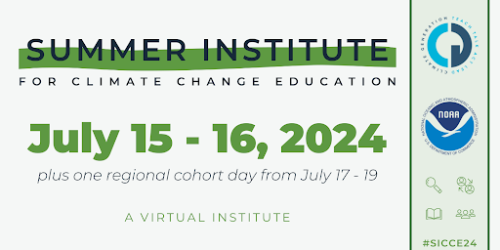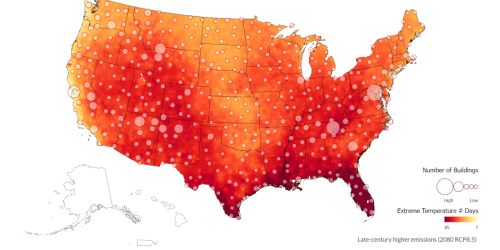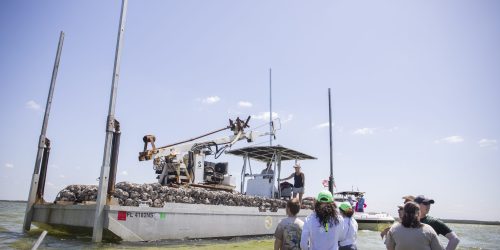It is estimated that 80% of Alaskans live in at-risk areas for wildfires, and among this percentage is a diverse public audience with various information-seeking habits. With such a large portion of the population at risk, there is a large need for effective communications on risk, crisis, and recovery information to maintain public safety in the event of wildfires, especially communications that are inclusive and tailored to diverse audiences. Principal investigator Zoe Garbis, from George Washington University, along with her colleagues Audrey Cox and Robert Orttung, authored a new publication titled “Taming the wildfire infosphere in Interior Alaska: Tailoring risk and crisis communications to specific audiences”. The investigators focused their research on mapping the “wildfire infosphere” in Interior Alaska, to determine how residents interact with knowledge and information based on how it is communicated. A series of focus groups were conducted in Fairbanks, Alaska and the nearby Indigenous community of Nulato. These focus groups collected qualitative information on participants’ experiences with environmental hazards, how they would like their government to respond, and what kind of information they found useful. A portraiture methodology was used to analyze and present the data from the focus groups. The results of this research concluded the need to move beyond the depiction of the audience of this information as the general public, but rather diverse audiences whose “concerns, habits, and preferences differ”. Taking into account this diversity in audiences and communication methods will greatly enhance wildfire communications in Interior Alaska. Future studies could further show transferability of this information to other communities, including non-Alaskan contexts. This research was supported by NOAA’s International Research and Applications Project (IRAP), in partnership with the National Science Foundation (NSF), through the Belmont Forum’s Collaborative Research Action on Climate, Environment and Health (BF/CRA/CEH). The purpose of the funding competition was to make resources available to address key knowledge gaps, and advance the use of climate information and services in the reduction of climate-sensitive health risks. In addition to support provided by NOAA and NSF, the project was supported by funding agencies from the UK, Sweden, Norway and Finland. Overall, this Belmont Forum’s CEH funding competition provided over $13M to climate and health research via collaboration among 13 funding agencies from 10 countries. Researchers were supported from 20 countries throughout the Americas, Africa, Asia, the Arctic and Europe. For more information, contact Amanda Catron. Image credit: BLM AFS air attack Ryan McPherson; Flickr
NOAA IRAP and NSF-funded research provides recommendations on tailored and audience-specific risk and crisis communications in the Interior Alaska wildfire infosphere







